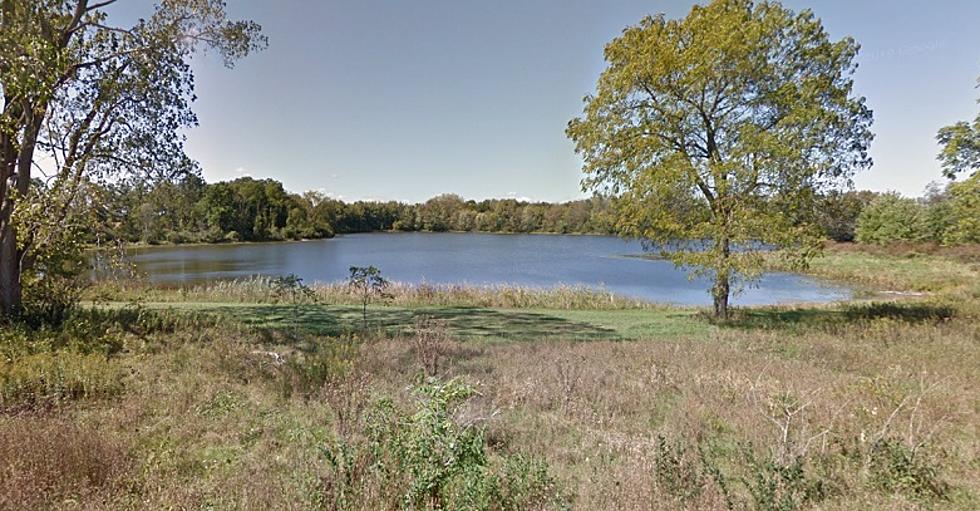
The Cannon & the Quicksand: The Legends of Nichols Lake – Stockbridge, Michigan
As a kid, a few of my buddies and I would pack a knapsack with a little food and head out to Beckwith's Woods, now known as the Beckwith Preserve. Stopping along the creek that ran thru the woods, we'd stop and have something to eat, sometimes fish, catch crawdads, and once went swimming.
Another thing we did was to make a raft so we could float it up to Nichols Lake, just a tad upcreek from the Beckwith Preserve. Why? Because we were curious. We heard a couple of legends about the lake and we just wanted to head out into it. One legend says there is an old Civil War cannon buried at the bottom of the lake. There doesn't seem to be any substantiated proof of this, and I always wondered why someone just couldn't scuba dive in the lake, scout around, and see for themselves? Reason: after well over 150 years, it probably sank into the murky lake floor, which leads us to Legend #2.
The bottom of Nichols Lake is all quicksand. Is that for real or simply a speculation? All I know is, that as kids we were told not to swim, fish, boat, or even visit Nichols Lake...it was too dangerous. But how accurate was Stockbridge's elder community in telling us this? And for that matter, just what do we know about Nichols Lake?

A third legendary rumor says the lake is bottomless (due to the quicksand, maybe?).

The lake was named after the owner of the surrounding property, William C. Nichols. When his grandfather, Jacob Steffey, died in 1858, William inherited the 150 acres of land that also encompassed the lake. Now that he was a landowner, William married Mary Westfall (whose family also owned land near the lake) in 1859 and they made their home on the property. William and Mary were soon the parents of George Walter Nichols, born in 1861.
According to Stockbridge Community News, in 1898 George was making money by selling salt pork for seven cents a pound. The lake was also used for ice harvesting, with 12-inch thick squares being cut and used for refrigeration.
By 1912, George and his wife Ella May had expanded the land to 160 acres. Atlases show that in 1914, the land was owned by George's brother, William J. Nichols and continued thru the 1930s. It's also written that George and Mary's daughter Edna owned the land for a while after George passed in 1933.
Nice family history, but that doesn't answer the questions about the Cannon and the Quicksand: true or not? We're still waiting for someone with knowledge about these legends to give us some insight.....and a scuba diver.
Nichols Lake, Stockbridge
MORE STOCKBRIDGE STUFF:
Spadafore's Sweet Shop, Stockbridge
Inside the Old Rowe Hospital, Stockbridge
Avon Theatre (and the Starland), Stockbridge: 1940-1957
More From 99.1 WFMK









